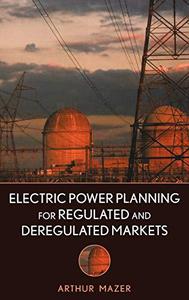 Electric Power Planning for Regulated and Deregulated Markets By Arthur Mazer(auth.)
Electric Power Planning for Regulated and Deregulated Markets By Arthur Mazer(auth.)2007 | 327 Pages | ISBN: 0470118822 | PDF | 6 MB
As the industry environment transforms from a completely regulated setting to a broader, deregulated marketplace, new market participants must understand planning and operations of power systems to effectively participate in markets. This industry overview provides a description of utility operations and traditional planning, and then explains asset management, investment analysis, and risk management within the context of a market environment. Written to provide a broad, working knowledge of the industry, Electric Power Planning for Regulated and Deregulated Markets: Includes descriptions of generation and transmission network equipment Provides an overview of the regulatory framework, system design and systems operations for ensuring reliable delivery of power Presents system planning across different time horizons with the objective of minimizing power production costs Explains the principles and architecture of a market environment coupling operational imperatives with financial transactions Addresses approaches of various participants, including power producers, retailers, and integrated energy companies toward bidding in day ahead markets, managing risks in forward markets, portfolio development and investment analysis Provides numerous examples addressing cost minimization, price forecasting, contract valuation, portfolio risk measurement and others Examines past news events and explains what went wrong at Three Mile Island, the Northeast blackout of 2003, and the California energy crisis This is an ideal reference for professionals in the public and private power service sectors such as engineers, lawyers, systems specialists, economists, financial analysts, policy analysts, and applied mathematicians.Content: Chapter 1 Overview (pages 1-6): Chapter 2 Energy, Load, and Generation Technologies (pages 7-48): Chapter 3 The Grid (pages 49-80): Chapter 4 Short?Term Utility Planning (pages 81-121): Chapter 5 Long?Term Utility Planning (pages 122-151): Chapter 6 Midterm Utility Planning (pages 152-160): Chapter 7 A Market Environment (pages 161-179): Chapter 8 Asset Management in Short?Term Markets (pages 180-191): Chapter 9 Investment Analysis: Long?Term Planning in a Market Environment (pages 192-210): Chapter 10 Risk Management in the Midterm Markets (pages 211-277): Chapter 11 The California Experience (pages 278-290):
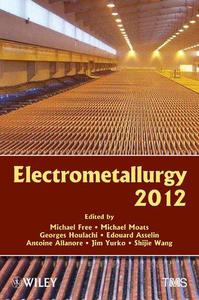


![S.T.A.L.K.E.R. 2 / STALKER 2: Heart of Chornobyl - Ultimate Edition (2024) [+UPDATE 23.12.2024 - v1.1.3] ElAmigos / Polska wersja językowa](https://i.postimg.cc/Zqd8RWGY/UZG8PBE.jpg)




































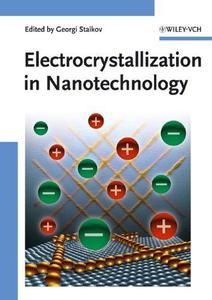
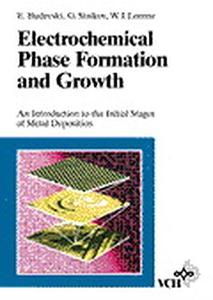
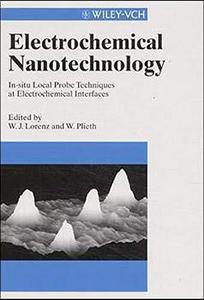
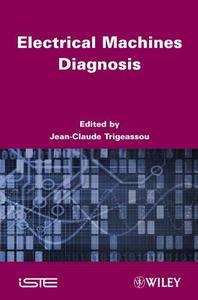
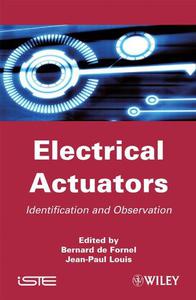

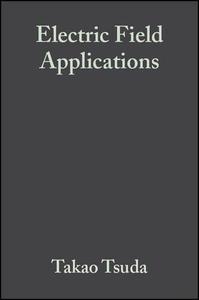
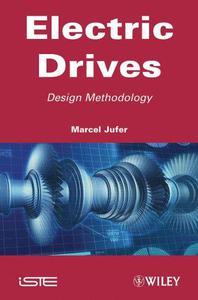







![David Gilmour - Luck and Strange (2024) [FLAC]](https://i.imgur.com/everaBc.jpeg)
![Męskie Granie Orkiestra - Męskie Granie 2024 (2024) [FLAC]](https://i.imgur.com/FAyOxrM.jpeg)
![The Rolling Stones - Hackney Diamonds (2023) [FLAC]](https://i.imgur.com/wCkyyUN.jpg)
![Lady Gaga - Harlequin (2024) [FLAC]](https://i.imgur.com/dcgIA8D.jpeg)
![Natalia Kukulska - Dobrostan (2024) [FLAC]](https://i.imgur.com/bdljG3O.jpeg)
![Kaśka Sochacka - Ta druga (2024) [FLAC]](https://i.imgur.com/hORQKvn.jpeg)
![Kuba Sienkiewicz - Pani Bóg (2024) [FLAC]](https://i.imgur.com/qijCx8Z.jpeg)
![Lanberry - Heca (2024) [FLAC]](https://i.imgur.com/8P7QfeR.jpeg)
![Sara James - PLAYHOUSE (2024) [FLAC]](https://i.imgur.com/m4f8OKg.jpeg)
![Grzegorz Hyży - EPILOG (2024) [FLAC]](https://i.imgur.com/8DA2sBr.jpeg)
![Myslovitz - WIECZORAMI CHŁOPCY WYCHODZĄ NA ULICE (2024) [FLAC]](https://i.imgur.com/l9mMtIG.jpeg)
![Krzysztof Zalewski - ZGŁOWY (2024) [FLAC]](https://i.imgur.com/vh48RAc.jpeg)
![Krzysztof Cugowski - Wiek to tylko liczba (2024) [FLAC]](https://i.imgur.com/SBzgqe2.jpeg)
![Nosowska - Kasia i Błażej (2024) [FLAC]](https://i.imgur.com/mObvVXQ.jpeg)
![sanah - Pianinkowe Kaprysy (2024) [FLAC]](https://i.imgur.com/pVjjPAa.jpeg)
![Kwiat Jabłoni - Pokaz slajdów (2023) [FLAC]](https://i.imgur.com/diERHfZ.jpg)
![Robert Cichy - Spacer po Warszawie (2024) [FLAC]](https://i.imgur.com/ixleU9o.jpeg)
![Viki Gabor - Terminal 3 (2024) [FLAC]](https://i.imgur.com/Q1KCnDs.jpeg)
![Sanah - Kaprysy (2024) [FLAC]](https://i.imgur.com/71OZm4h.jpeg)
![Męskie Granie Orkiestra - Męskie Granie 2023 (2023) [FLAC]](https://i.imgur.com/U4YHo8d.jpg)




